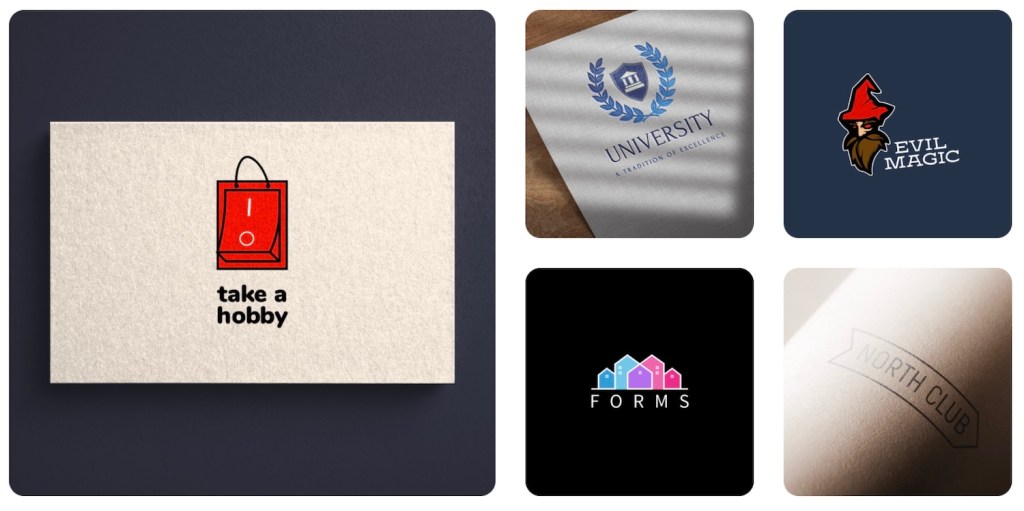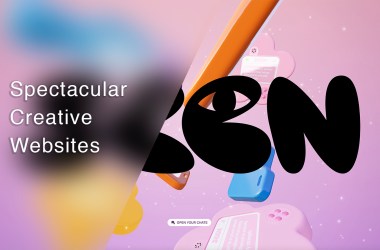Updated: Jan 09, 2025 By: Marios

Designing a logo is one of the most exciting and challenging aspects of building a brand. However, the process is often surrounded by myths and misconceptions that can mislead business owners and aspiring designers.
These myths can result in logos that fail to represent the brand effectively or resonate with the target audience. Let’s debunk 10 of the most common logo design myths and set the record straight.
1. A Logo Must Be Complex to Be Memorable
One of the most persistent myths is that a logo needs to be intricate to stand out. In reality, simplicity is key to making a logo memorable. The most iconic logos—think Nike, Apple, and McDonald’s—are incredibly simple yet instantly recognizable.
A complex design may look impressive, but it can be harder for people to remember and challenging to reproduce across different media. Focus on creating a clean, impactful design that communicates your brand’s essence at a glance.
2. Logos Need to Include Every Detail About Your Brand

A logo is not a comprehensive summary of your business. It’s a symbol that represents your brand at a high level.Trying to cram every aspect of your brand into a single design can result in cluttered and confusing visuals.
Instead, focus on one or two key ideas that define your brand. For example, a tech company might emphasize innovation and connectivity, while an eco-friendly business might highlight sustainability.
This article was prepared by the specialists at Turbologo, an online platform that simplifies logo creation, helping you craft professional, meaningful designs without unnecessary complexity.
While professional designers bring expertise and creativity to the table, they’re not the only option. Modern logo makers like Turbologo allow anyone to create high-quality logos, even without prior design experience.
These platforms offer customizable templates, AI-driven suggestions, and easy-to-use tools, empowering business owners to craft logos that look polished and professional.
It’s a common misconception that only professional designers can create high-quality logos. Turbologo proves this myth wrong by offering a powerful, user-friendly platform that enables anyone to design a professional logo with ease.
Turbologo provides a wide range of customizable templates tailored to different industries, along with AI-driven design suggestions to help refine your ideas. Its intuitive interface makes the process straightforward, allowing you to experiment with colors, fonts, and symbols to create a unique logo that reflects your brand’s identity.
Whether you’re a small business owner or launching a startup, Turbologo ensures that creating a professional logo is both accessible and efficient.
4. A Logo Should Always Follow Current Design Trends

Trends can provide inspiration, but they shouldn’t dictate your design. Logos that rely too heavily on trends risk becoming outdated quickly. Instead, aim for a timeless design that reflects your brand’s identity and values.
Think of the Coca-Cola logo—it has remained largely unchanged for over a century, proving that timelessness trumps fleeting trends.
When brainstorming logo ideas, focus on creating a timeless design that embodies your brand's identity and values, rather than following fleeting trends that may quickly become outdated.
5. Logos Have to Be Colorful to Stand Out
While color can enhance a logo, it’s not the only factor that determines its effectiveness. A great logo should work just as well in black and white as it does in color. This ensures versatility across different mediums, from digital screens to printed materials.
Consider the Adidas logo—its simple black-and-white design is bold, professional, and instantly recognizable. Focus on the structure and form of your logo first, and then choose a color palette that complements your brand.
6. You Only Need One Version of Your Logo
Another myth is that a single version of your logo will suffice. In reality, different contexts require different adaptations of your logo. For example, a horizontal logo might work well on a website header, while a simplified version might be better for social media avatars.
Having multiple versions ensures your logo looks great wherever it’s used. Just make sure all variations stay consistent with your brand identity.
7. A Great Logo Will Instantly Make Your Business Successful

While a great logo is essential, it’s not a magic solution for success. Your logo is just one part of your overall brand identity. Building trust, delivering quality products or services, and fostering relationships with customers are equally important.
Think of your logo as the starting point—it creates a strong first impression and sets the tone for your brand, but long-term success requires more than just a great design.
8. Logos Should Be Redesigned Frequently to Stay Relevant
Constantly redesigning your logo can confuse customers and dilute your brand identity. Consistency builds recognition and trust. Instead of frequent redesigns, focus on refining your existing logo if it needs an update.
For example, Google’s logo has undergone subtle evolutions over the years while maintaining its core identity. This approach ensures the logo stays fresh without losing its familiarity.
9. A Logo Must Appeal to Everyone
Your logo doesn’t need to resonate with every single person—it needs to connect with your target audience. Trying to please everyone often leads to generic designs that lack personality.
Understand your audience’s preferences, values, and expectations, and tailor your design to reflect those insights. A logo that speaks directly to your niche will have a greater impact than one designed for mass appeal.
10. Once Your Logo Is Designed, It Can’t Be Changed
Many businesses believe that redesigning a logo is off-limits, but that’s not true. Brands evolve, and their logos can evolve with them. The key is to make changes thoughtfully, ensuring they align with your brand’s growth and direction.
Successful examples include Starbucks and Instagram, which have modernized their logos without losing their essence. If your logo no longer represents your brand accurately, don’t hesitate to update it—just ensure the new design maintains continuity with the old.
Logo design doesn’t have to be intimidating or mysterious. By debunking these common myths, you can approach the process with confidence and create a logo that truly represents your brand. Platforms like Turbologo simplify this journey, offering tools to craft professional and meaningful logos tailored to your needs. Whether you’re starting from scratch or refining an existing design, the right logo is within reach.



